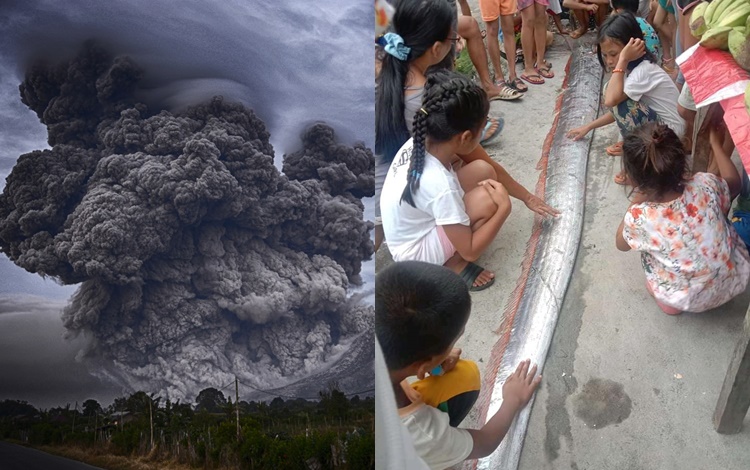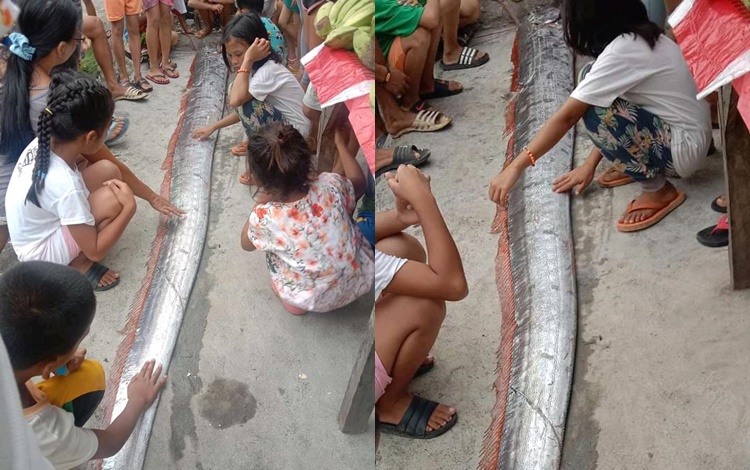One of the legends or superstitions in the Philippines is the belief that when oarfish appear, it signifies an impending calamity. However, the question that plagues many is this: what does this superstition mean? Recently, there was a report about a 12-foot oarfish that washed ashore in Zone 2, Luzbanzon Bay, Jasaan, Misamis Oriental. What are these creatures, and why are they connected to natural events?

The Oar Fish is a type of fish known in the Philippines as “Riwas” or “Regalecus glesne.” It can reach lengths of over 30 feet and is known for its wide body and long, ribbon-like fins resembling a primary towel. It is often found in deep parts of the ocean, and its appearance near the shore emphasizes the popular belief that a calamity is approaching.
In the Philippines, there are many superstitions and traditions related to nature and the creatures that inhabit it. The superstition associated with the oarfish is an example of a beliefs that originated from the ancient traditions and culture of Filipinos. According to legends, the appearance of the oarfish is a sign of an impending disaster, such as heavy rains, typhoons, or earthquakes.

However, it is important to remember that these superstitions are not based on scientific evidence. They are part of people’s culture and beliefs, and in many cases, they serve to provide understanding and a sense of control over inevitable natural events.
In the field of science, there is not enough evidence to directly link the appearance of oarfish to calamities. They are natural parts of the ocean ecosystem, and there may be natural events that cause them to come to the surface, such as changes in water temperature or movements of the plankton they feed on.

Therefore, despite the superstitions and traditional beliefs, oarfish are more likely indicators of unavoidable natural events. Instead of considering them as omens of calamity, it may be more beneficial to develop a better understanding of nature and focus on steps to preserve the safety and health of our environment and communities. Source
